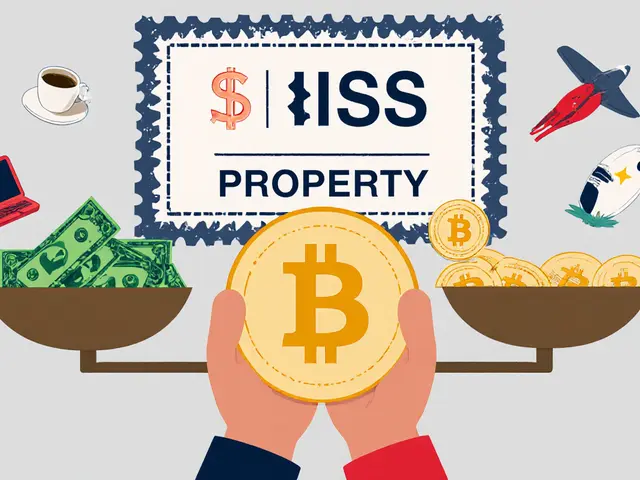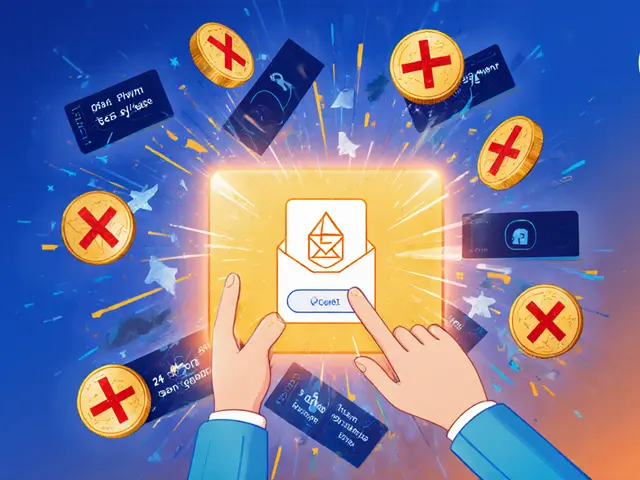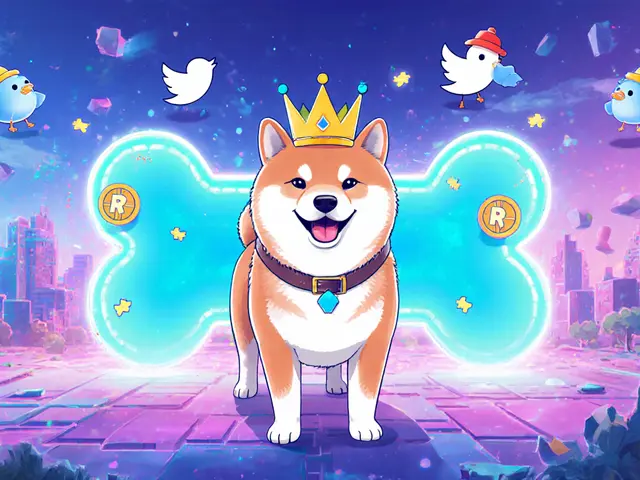Buy and Hold Crypto: Simple Strategy, Big Risks and Real Results
When people talk about buy and hold crypto, a strategy where investors purchase digital assets and keep them for years, ignoring short-term price swings. Also known as HODLing, it’s one of the most popular ways to invest in crypto—but also one of the most misunderstood. The idea sounds easy: buy Bitcoin or Ethereum, stick it in a wallet, and forget about it until you’re rich. But the real world doesn’t work that way. Many people who "buy and hold" end up selling in panic during crashes, holding onto dead coins for years, or missing out on better opportunities because they’re stuck in the wrong asset.
What most beginners don’t realize is that buy and hold crypto, only works if you pick projects with real use cases, strong teams, and long-term demand. It doesn’t work for meme coins like FourCoin (FOUR), NYAN, or FashionTV Token (FTVT)—coins with no trading volume, no official backing, and zero utility. Holding those isn’t investing. It’s gambling with your money. Even worse, some tokens like MMS or XCV don’t even exist anymore, yet people still chase fake airdrops tied to them. The truth? Most crypto projects fail. If you’re going to buy and hold, you need to know which ones have a chance to survive.
Crypto wallets, the tools you use to store your coins. Also known as software wallets like MetaMask or Trust Wallet, are part of the buy-and-hold equation. But storing coins in an app on your phone isn’t safe long-term. Many people lose everything because they didn’t use hardware wallets or backed up their keys. And if you’re holding crypto in a country like India or Australia, you also need to know how taxes and regulations affect your holdings. India’s 30% crypto tax applies to every gain, no matter how long you hold. Australia bans privacy coins on exchanges, forcing holders to pick less private options. These aren’t small details—they change how you think about holding crypto.
And then there’s the myth that buy and hold means "set it and forget it." That’s not true. Markets shift. Projects die. New ones rise. You need to check in. Not every day. Not every hour. But every few months. Did the team disappear? Did the token lose liquidity? Is the project still relevant? If the answer is yes to any of those, holding isn’t smart anymore. The best investors don’t just hold—they monitor. They know when to exit, even if they started with a buy-and-hold mindset.
This collection of posts doesn’t just list coins or airdrops. It shows you what happens when people buy and hold the wrong things. You’ll see how KALATA’s airdrop created real community value, while others like Btcwinex turned into full-blown scams. You’ll learn why Jupiter (JUP) is worth holding because it powers Solana’s DeFi ecosystem, not because it’s trending. You’ll find out how sidechains and DeFi composability make some projects more resilient than others. And you’ll see how tax rules, exchange bans, and wallet security all tie into whether your buy-and-hold strategy actually works.
Buy and hold crypto isn’t a magic trick. It’s a discipline. And if you don’t know what you’re holding—or why—you’re not investing. You’re just waiting to lose money. Below, you’ll find real stories, real data, and real warnings about what happens when people get it right… and when they get it terribly wrong.
What Does HODL Mean in Cryptocurrency? The Full Story Behind the Term
HODL means holding cryptocurrency long-term despite price drops. Born from a 2013 typo, it's now a global strategy for surviving crypto's volatility. Learn how it works, why it succeeds, and when it fails.





